Jay Bernard Plangman was born in Fort Worth in 1887.
In the 1900 census the Plangmans lived on Broadway Avenue on the near South Side. Father Herman was a clerk for the Texas & Pacific railroad, whose reservation was located within walking distance of Broadway Avenue.
 By the age of twenty in 1907 son Jay Plangman had joined his father and his brother at T&P. That year Jay was appointed towerman at Tower 55.
By the age of twenty in 1907 son Jay Plangman had joined his father and his brother at T&P. That year Jay was appointed towerman at Tower 55.
Jay Plangman may have been a railroad worker, but he had an artistic side. In 1902, when he was thirteen, he had performed a piano solo for the Pocahantas women’s auxiliary of the Red Men fraternal lodge at the lodge’s state convention.
And in 1908 he displayed both a sense of visual artistry and verbal artistry in this letter to the editor of the Star-Telegram describing the eastern horizon on a recent morning. Might Plangman pass on his verbal artistry to a child?
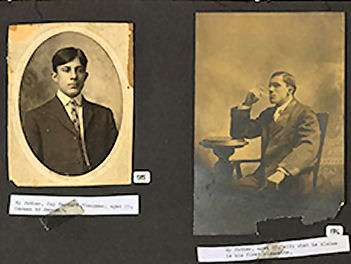 And what connections could a South Side boy switching trains in a tower in 1907 possibly have with . . .
And what connections could a South Side boy switching trains in a tower in 1907 possibly have with . . .
actors Farley Granger and Robert Walker talking on a train in 1951?
To find the answer, we must trace—what else?—a train of connections.
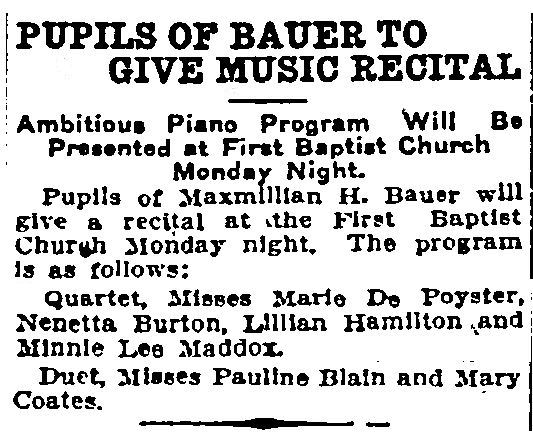 The first connection in that train is here: Mary Coates (1895-1991). In 1910 Mary, age fifteen, was giving a music recital at First Baptist Church. (And, yes, in the quartet Nenetta Burton at age fifteen is the future Mrs. Amon Carter.)
The first connection in that train is here: Mary Coates (1895-1991). In 1910 Mary, age fifteen, was giving a music recital at First Baptist Church. (And, yes, in the quartet Nenetta Burton at age fifteen is the future Mrs. Amon Carter.)
 Meanwhile, back on the railroad Jay Plangman soon had more ink than steam in his veins. He left the railroad to attend the Chicago Art Institute. By 1912 he was back in Fort Worth and drawing for the hometown newspaper.
Meanwhile, back on the railroad Jay Plangman soon had more ink than steam in his veins. He left the railroad to attend the Chicago Art Institute. By 1912 he was back in Fort Worth and drawing for the hometown newspaper.
Plangman was listed in a 1916 issue of Junior, the Star-Telegram company’s employee publication.
 Jay initially signed his newspaper artwork “Plangman.” Then his signature became “Plang.”
Jay initially signed his newspaper artwork “Plangman.” Then his signature became “Plang.”
Jay Plangman registered with the draft soon after the United States entered World War I.
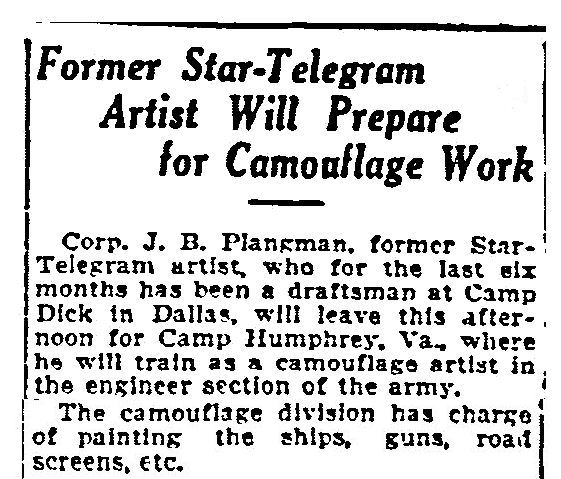 By 1918 Plang had a very different canvas: He was in the Army, painting camouflage on ships and guns.
By 1918 Plang had a very different canvas: He was in the Army, painting camouflage on ships and guns.
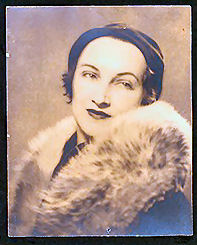 After Jay left the Army he continued his art career. And he met Mary Coates, whose mother, Willie Mae Coates, operated a boardinghouse at 603 West Daggett Street (now the parking lot of the Justin boot company) just one street over from the Plangman house on Broadway Avenue. Mary, like Jay, was now an artist.
After Jay left the Army he continued his art career. And he met Mary Coates, whose mother, Willie Mae Coates, operated a boardinghouse at 603 West Daggett Street (now the parking lot of the Justin boot company) just one street over from the Plangman house on Broadway Avenue. Mary, like Jay, was now an artist.
 Jay and Mary married in 1919.
Jay and Mary married in 1919.
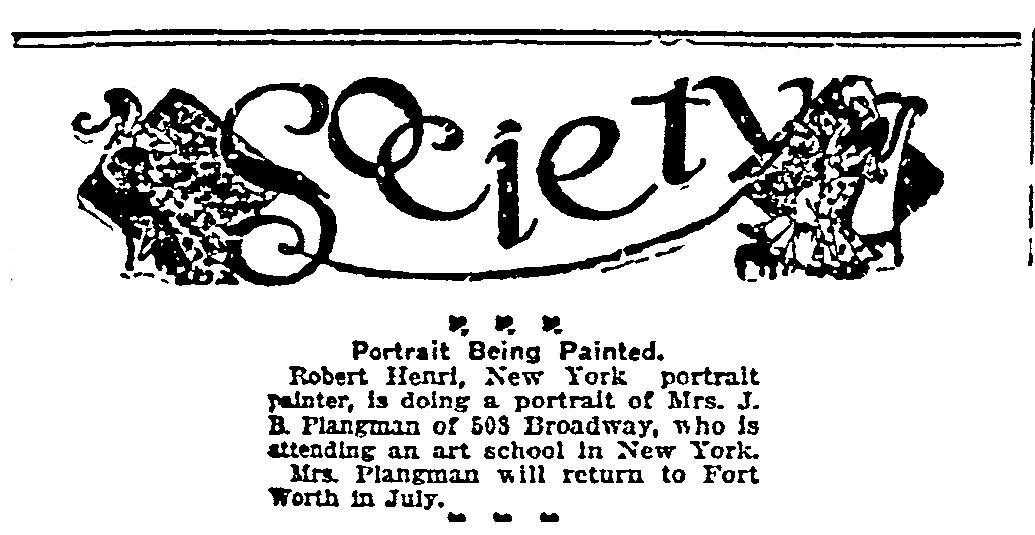 By 1920 Jay and Mary were living in Manhattan and pursuing their art careers. While Mary studied, her portrait was painted by Robert Henri, a leader in the so-called Ashcan School of realism in art. When Mary became pregnant, her husband urged her to abort the baby. Reluctantly she drank turpentine. When that desperate measure didn’t work, Mary made a decision:
By 1920 Jay and Mary were living in Manhattan and pursuing their art careers. While Mary studied, her portrait was painted by Robert Henri, a leader in the so-called Ashcan School of realism in art. When Mary became pregnant, her husband urged her to abort the baby. Reluctantly she drank turpentine. When that desperate measure didn’t work, Mary made a decision:
She would keep the baby and get rid of the husband.





